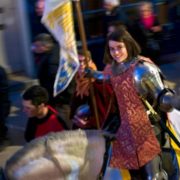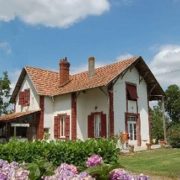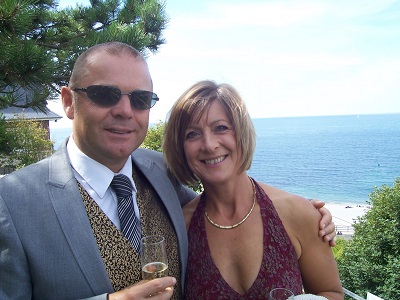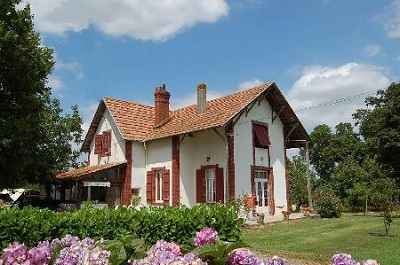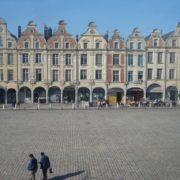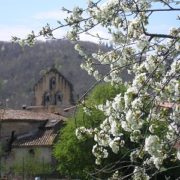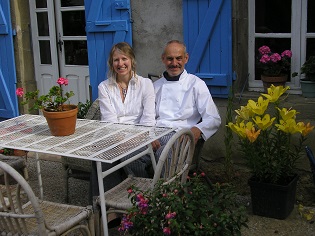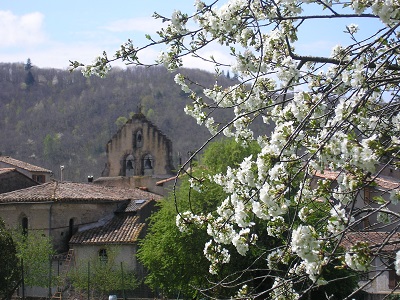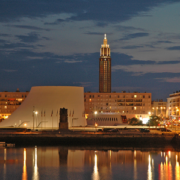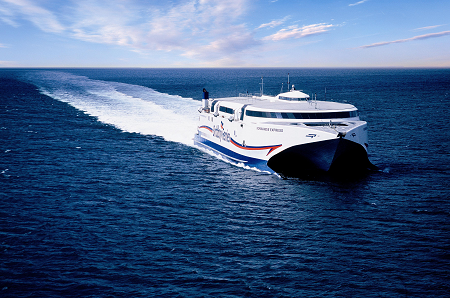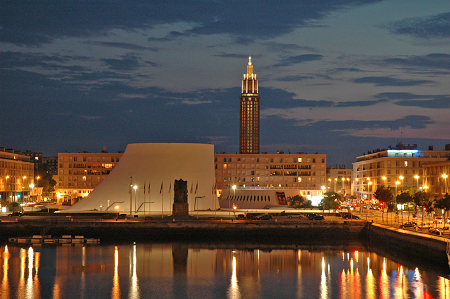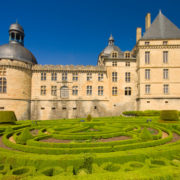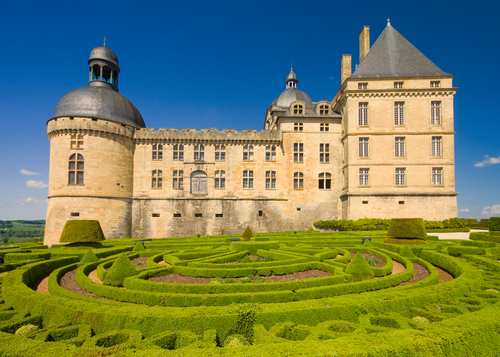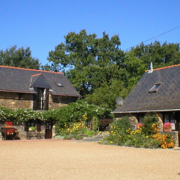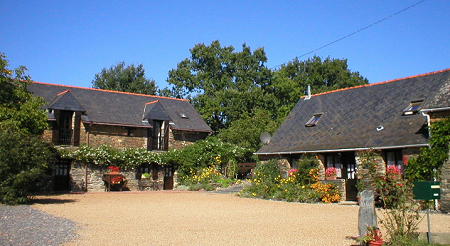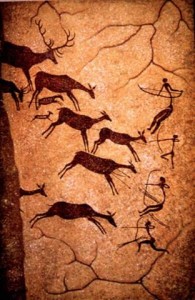Brittany’s cosmopolitan capital city is a modern metropolis with a lively medieval heart. In previous centuries, the city played an important role in the region’s political struggles. seeing Rennes is often compared negatively with some of the more picturesque destinations in Brittany, but a day spent here can be rewarding. Inside the modern, industrial shell are some fascinating medieval streets in the old town, along with excellent museums and grand civic architecture.
Rennes’ tourist office is a good place to start a visit, as you can pick up a map marked with a walking route covering the main sights (French only), and a leaflet on the city’s history (English). After exploring the old town, wander through the Parc du Thabor for a change of pace. These large gardens were once the grounds of a Benedictine abbey.
Musée des Beaux-Arts, 20 quai Émile Zola
This art gallery has paintings ranging from 14th-century Primitives to Impressionists and members of the Pont-Aven school. Artists represented include Leonardo da Vinci, Rubens, Paul Gauguin and Pablo Picasso. Look out for a powerful canvas by the 19th-century artist Luminais, depicting the legend of Ys. The Musée de Bretagne currently stages exhibitions in the same building, although it is due to move to the city’s Nouvel Espace Culturel in 2005. Exhibitions focus on Brittany’s culture and history and range from archaeological finds to displays about the corsaires (pirates).
Cathédrale St-Pierre, rue du Griffon
Rennes’s cavernous cathedral, with its vast dark marble pillars, dates from the 19th century. Don’t miss the 16th-century Flemish retable in the fifth chapel on the right. Its 10 panels, full of human interest, depict scenes including the birth of Mary and the marriage of Mary and Joseph. The delightful rue de la Psalette, curving behind the cathedral, is a medley of beautiful half-timbered 15th-century houses. Psalette was the local word for the cathedral choir, and it is said that the street resounded with their singing.
Place des Lices
This square once hosted jousts, although since the 17th century its main focus has been as a market place. Today, there’s an open-air Saturday vegetable market (ends 1pm), and a meat market in the impressive covered hall. Near here, on the edge of the old town, is Portes Mordelaise, a fine gateway with a restored drawbridge. It dates from 1440, when the city walls were enlarged, and was intended as a ceremonial entrance to the city.
Place de la Mairie
In the spacious place de la Mairie you can admire the magnificent Hôtel de Ville (town hall), designed by Jacques Gabriel in the 18th century. The huge clock tower, known as Le Gros, links two curving side wings. From here, look down towards the elegant Pal is de Commerce in place de la République.
Chapelle St-Yves
The converted Chapelle St-Yves now houses the tourist office, where you’ll find a permanent exhibition on the history of Rennes and its trading links. It is also worth visiting for its impressive beams and the restored carvings in the chapel.
Palais du Parliament de Bretagne
The former seat of the Breton parliament is north of place de la Mairie. Ironically, having survived the fire of 1720, it almost totally burned down in a fire in 1994. Restoration has now finished and its intricate timber-framed roof and beautiful coffered ceilings look as impressive as before. Look up to see the gilded figures that top the building.
Rennes shared parliamentary power with Nantes and Vannes during the Middle Ages, becoming the undisputed Breton capital during the time of Anne de Bretagne (1477-1514). From then on it played a key role in Brittany’s political struggles, including rebellions against the heavy taxation imposed during Louis XIV’s reign, the Revolutionary Terror and the German occupation in World War II. The city was almost entirely demolished by fire in 1720 only the area between the market square (place des Lices) and the city’s two waterways escaped. It was subsequently rebuilt in severe classical style. The city’s population has doubled since World War II to nearly 250,000. The figure is boosted by students at the two universities and the prestigious medical school. Commerce and industry flourish, and the headquarters of car manufacturers Citroën lie just outside. The city feels more French than other Breton towns.
Place Railier du Baty, a pleasant square near the cathedral, is a good place to sit and enjoy a coffee. Beware of traffic, even in streets or squares that appear to be pedestrian-only.
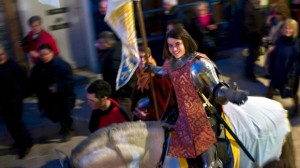 roix tell the story of St. Joan. The cathedral, overlooking the river Loire, took more than 600 years to build and has some fine carved panels.
roix tell the story of St. Joan. The cathedral, overlooking the river Loire, took more than 600 years to build and has some fine carved panels.
